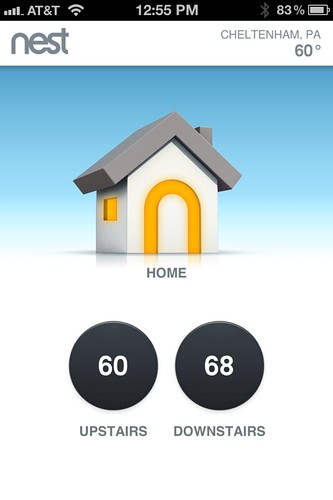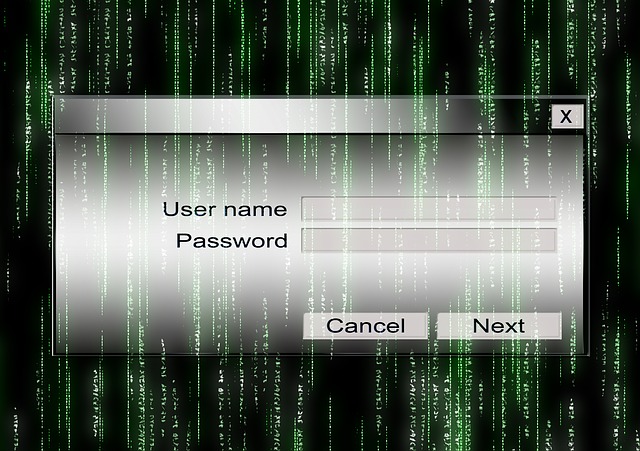There seems to be a parade of “smart” devices in the marketplace today, and residential HVAC providers are offering new opportunities to be “smart.” Pretense aside, there are some interesting benefits and risks associated with recent offerings for residential HVAC monitoring.
The basic and most widely available technology on the market for residential HVAC monitoring is the Wi-Fi thermostat. Wi-Fi thermostats enable a connection between HVAC equipment (e.g., central AC / heating unit) and an online control interface, typically provided as a free web-service with a new Wi-Fi thermostat.
 Example of a Wi-Fi thermostat. A thermostat by Nest is pictured. Photo by Flickr user Grant Sewell.
Example of a Wi-Fi thermostat. A thermostat by Nest is pictured. Photo by Flickr user Grant Sewell.The web-services allow online user/owner monitoring of space conditions and setpoints, and often include email alerts for control issues (e.g., low or high space temperature relative to setpoint). Wi-Fi thermostats can be easily installed on existing residential HVAC systems, and they provide a high degree of monitoring accessibility via the web and smart phone apps. In my opinion, the value of this monitoring capability will vary depending on the user’s predilection for a “connected” home and for tweaking setpoints.
 Screenshot from the Nest app. Image by Flickr user fixedgear.
Screenshot from the Nest app. Image by Flickr user fixedgear.There have recently been offerings for “connected home HVAC service,” that include the installation of additional space temperature and equipment operating parameter sensors (beyond a basic thermostat), and include a monitoring service to help detect maintenance issues or efficiency opportunities. I am surprised to see that these services come with installation costs and monthly user fees. Quite frankly, the economics do not appear to make sense for the consumer and seem to only benefit the provider. I say this because the providers are developing infrastructure to market expanded maintenance services, and follow-on sales, and are basically asking the customer to pay for the infrastructure. Additionally, there may be consumer concerns regarding privacy and system security. As with any “smart” appliance system, third-parties can collect data on consumer activity within the household.
“Smart” monitoring systems do not have to be asymmetrical in their consumer-producer benefits. I believe that such systems could be a win-win-win for the consumer, the producer, and the public: Better controllability and efficiency for the consumer; better feedback for improved product and service offerings from the producer; and reduced environmental impacts for the public, through energy conservation.


